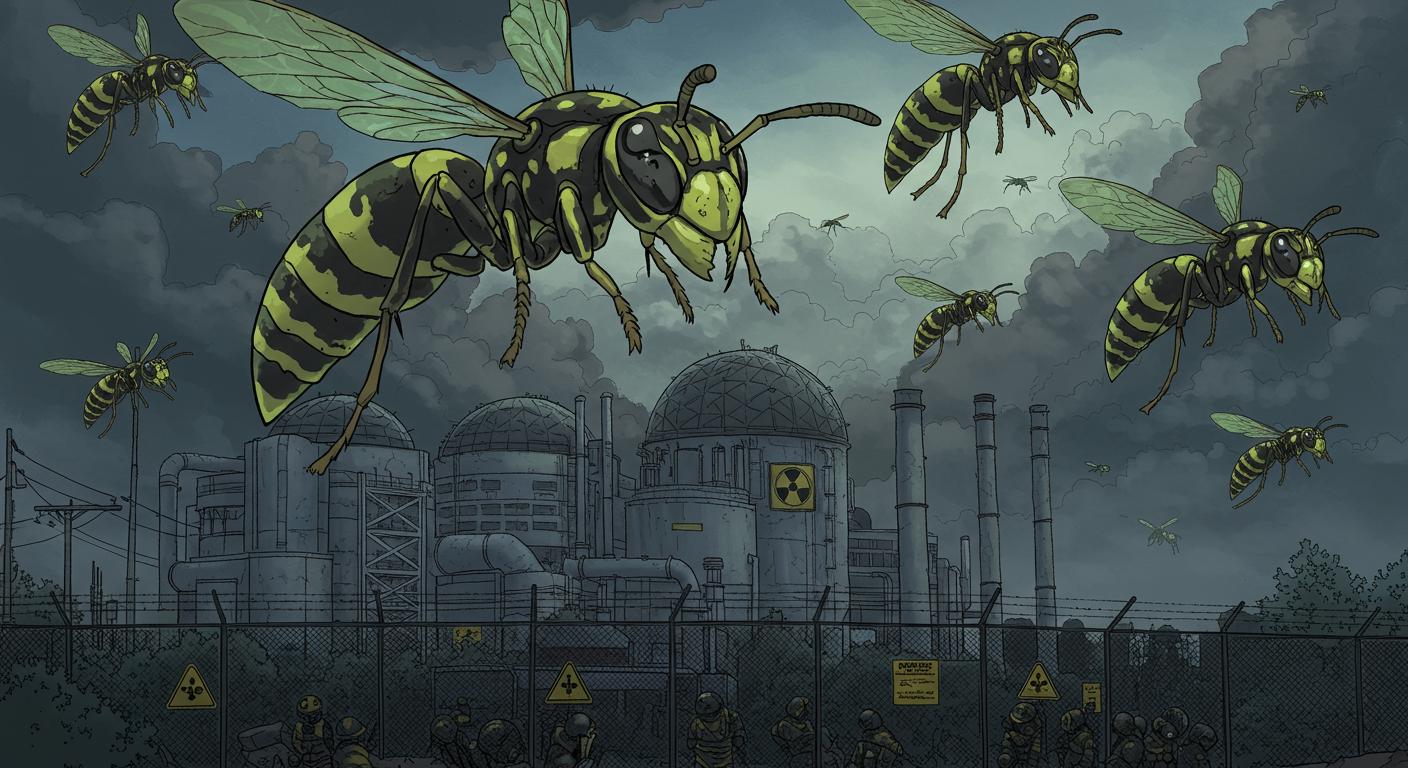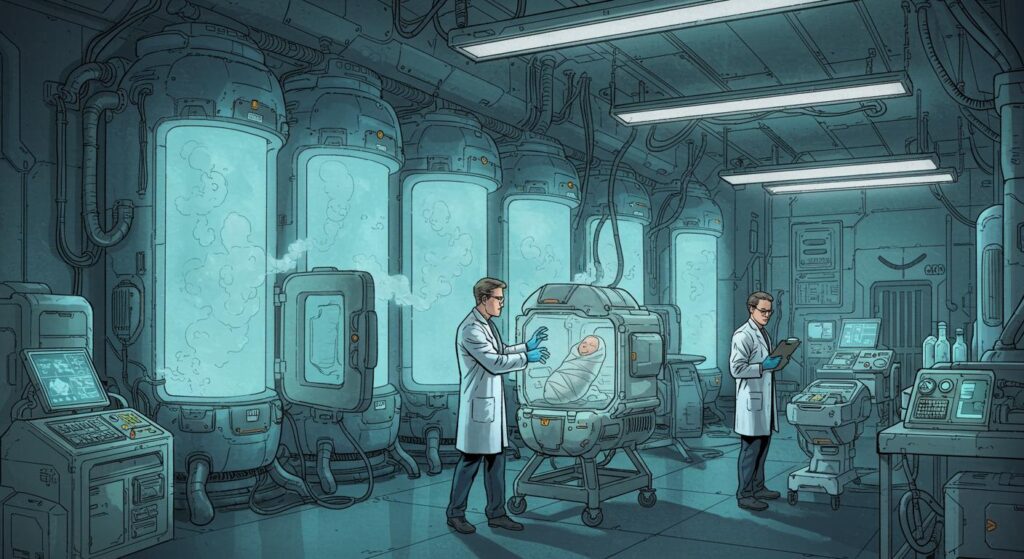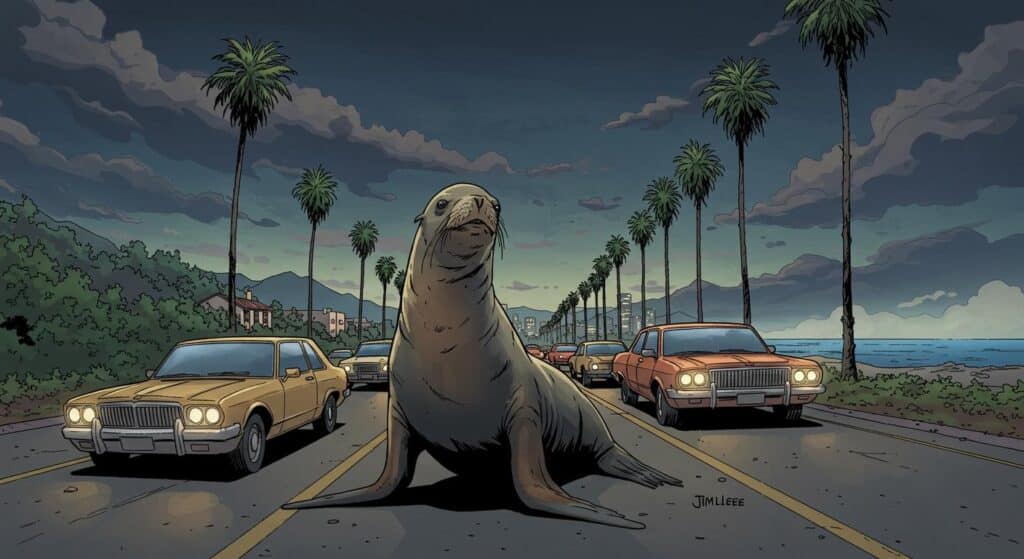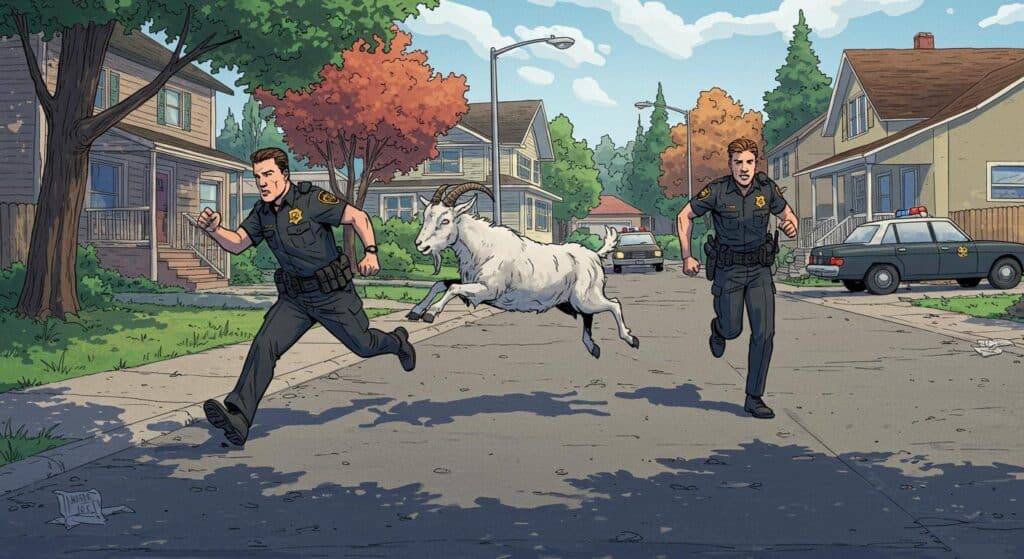There’s odd, then there’s “radioactive wasps at a nuclear site” odd. As WGAL reports, staff at the Savannah River Site nuclear facility in Aiken, South Carolina, recently discovered a wasp nest with a unique twist: it registered a moderately high 100,000 disintegrations per minute (dpm) of radiation, unusual even by the eclectic standards of nuclear facility surprises.
Of Wasps and (Nuclear) Waste
Discovery of this glowing hive occurred on July 3 near a tank at the 310-square-mile Savannah River Site, a location originally established in the 1950s for producing materials like tritium and plutonium 239—fundamental elements in Cold War weapons production. After the nest was found perched on a post, radiological control teams sprayed it to kill off the residents and then bagged the remains as radiological waste. As the outlet notes, the wasps themselves didn’t spark a fresh contamination issue. Instead, the contamination is considered “legacy radioactive,” a byproduct of years of historic nuclear activity at the site.
Officials told WGAL that the ground and surrounding area tested clear, and the incident caused no disruption to regular plant operations or required any extended cleanup. Legacy contamination, as described in the report, is essentially atomic leftovers—lingering reminders of an earlier era before remediation efforts began in earnest during the 1980s, after the site’s Superfund designation.
When Nature Forgets to Read the Safety Manual
The U.S. Department of Energy didn’t speculate on any alternate causes for the contamination—just a straightforward case of industrious wasps choosing a creatively hazardous building material. As highlighted by WVLT, there’s an understated absurdity in the idea that after decades of strict regulations and decontamination, a simple insect can unwittingly transport radioactive dust into an entirely new, six-legged subdivision. Sometimes, it seems, the boundaries between human infrastructure and the natural world are porous in unexpected ways.
Earlier in the WGAL report, officials also emphasized that no one at the facility was exposed and the day-to-day humdrum of operations continued unimpeded. The nest itself is just another odd entry in Savannah River’s extensive cleanup log, destined for safe disposal along with far less interesting debris.
Apocalypse-Lite: Everyday Oddities at Atomic Edges
So, no radioactive super-wasps on the loose and no immediate risk—just a strange, almost comic reminder that nature, bureaucracy, and history weave together in unpredictable ways. Is there something oddly poetic about a wasp nest capturing the very legacy of mid-century atomic ambition? One wonders how many other artifacts—natural or otherwise—lie in wait, offering bites of weirdness at the crossroads of ecology and engineering.
Wasps building their headquarters out of radioactive remnants: proof that even in the most tightly managed environments, the day-to-day surprises are sometimes more curious than alarming. It does make you think—how many more atomic oddities are out there, quietly humming under the radar, waiting for their own turn in the peculiar spotlight?







